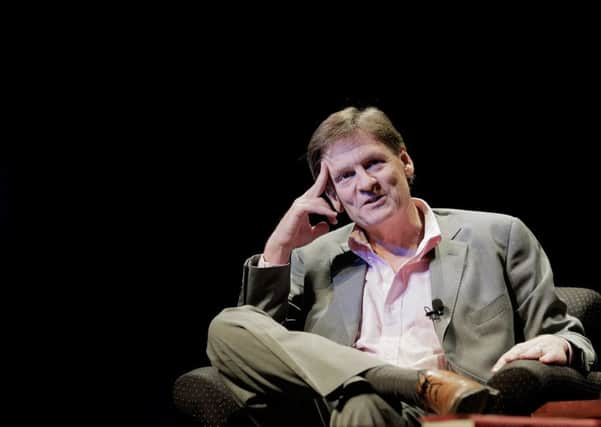Book review: The Undoing Project, by Michael Lewis


His curiosity was aroused. So this book is the story of Khaneman and Trevzky, their personal and intellectual relationship, and the questions they posed and considered. Lewis has, very suitably, given it an epigraph from Voltaire: “Doubt is not a pleasant condition, but certainty is an absurd one.”
Khaneman and Trevzky were psychologists, though remarkably when, after Trevzky’s death, his partner was given a Nobel Prize, it was for economics. In truth, their collaboration was so close as they fed off each other’s words and minds that the work of one cannot be disconnected from the work of the other. Yet in background and character they were very different: Trevzky a talkative extravert, always the centre of attention; Khaneman a shy introvert, the man sitting silent in the corner; Trevzky the blond child of pre-war emigrants to Palestine; Khaneman a French Jew who grew up in hiding during the Nazi Occupation. But as young Israelis they had common concerns and the Israeli Government valued the contribution psychologists could make to military efficiency. The two were very young when they bonded; Lewis calls their relationship a love-affair with no sexual element. They worked in the same room, bouncing ideas off each other to the extent that neither could say whose ideas were whose. Their books and scientific papers were joint enterprises. Eventually, when at different American universities, they drifted apart. But by then their work was done.
Advertisement
Hide AdThey asked on what basis we made predictions, on what bases we accepted truths. There were, after all, “idiocies that were commonly accepted as truths only because they were embedded in a theory to which the scientists had yoked their careers”. We liked to think we made rational decisions, but then acted irrationally. Recent experience may have you calculating the odds differently. Sometimes this is sensible. Passing a car-crash, you may drive more carefully because you are more aware of danger, even if the odds against crashing your car haven’t changed.
Lewis is a good explainer, but some of the book is hard going: reports of tests given to University students – their “lab-rats” – and the conclusions drawn often left me baffled. But much of it is fascinating. Evidently people respond differently when given no specific evidence and when given worthless evidence. In the former case, “the prior probabilities are properly utilised”; in the latter, “prior probabilities are ignored.”
How do we arrive at a judgement? Take, for instance, the question of selection in sport. Do you make your decision intuitively, and as a result of what experience had led you to look for? Or do you base it on statistical evidence, such as is now widely available? Would you pick X as your fly-half because of the performance data a computer provides, or Y because the way he moves and plays the ball fits your idea of what a fly-half should be like? That’s my question, but it’s the sort of thing this engaging book throws up. We know our minds can work badly. How can we be sure when we think they are in good working order? How do you calculate the odds? To take one of their examples, you insure your house against being destroyed by fire. It costs you a lot over the years, and there is no fire. Was that a good bet?
*The Undoing Project, by Michael Lewis, Allen Lane, 353pp, £25